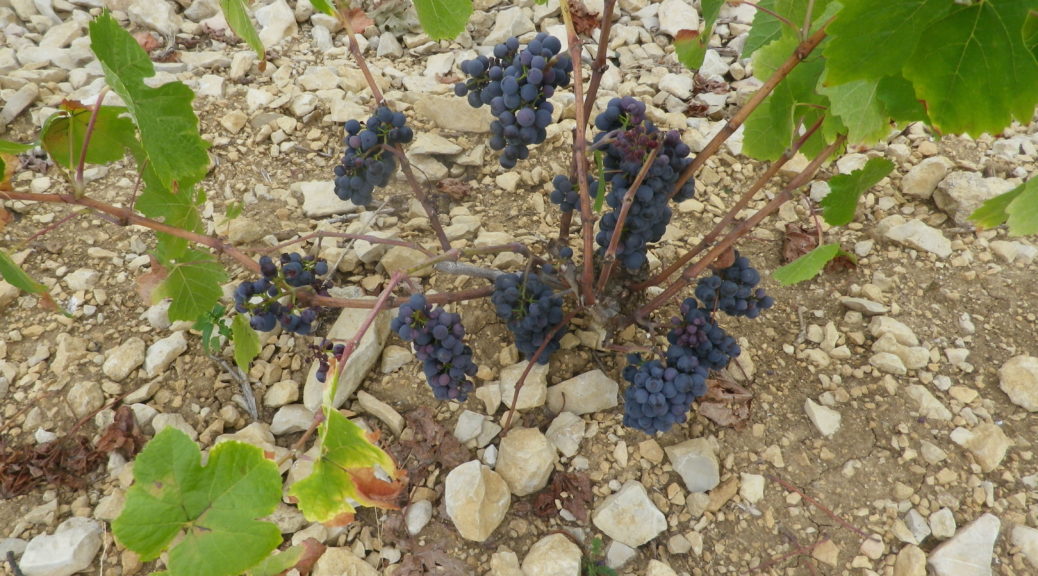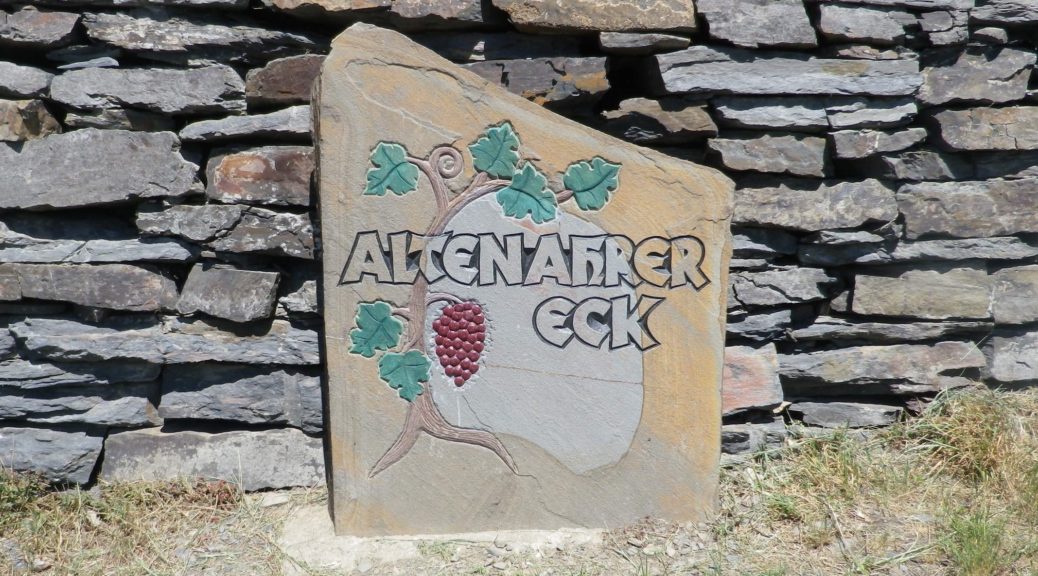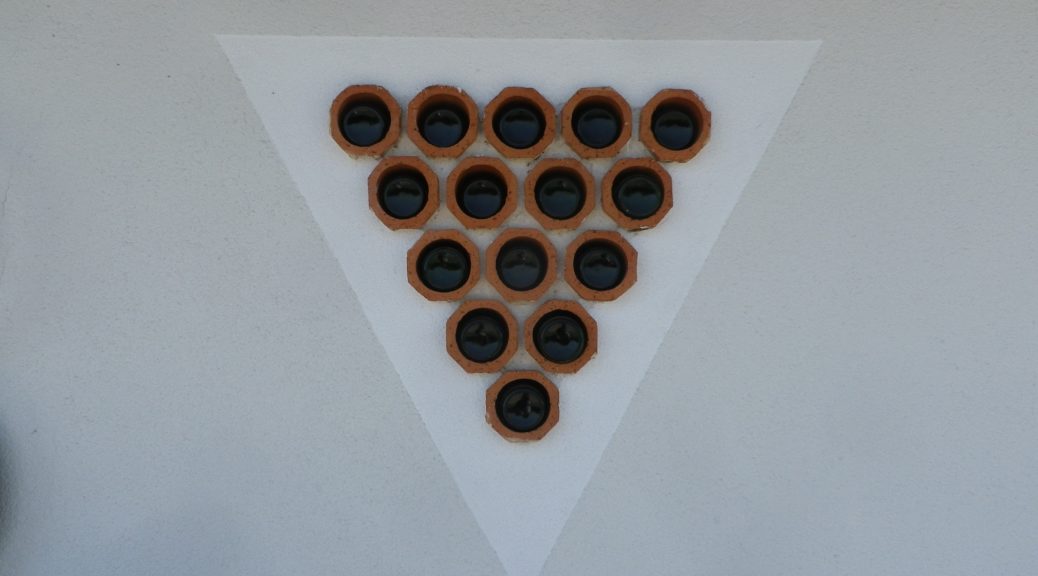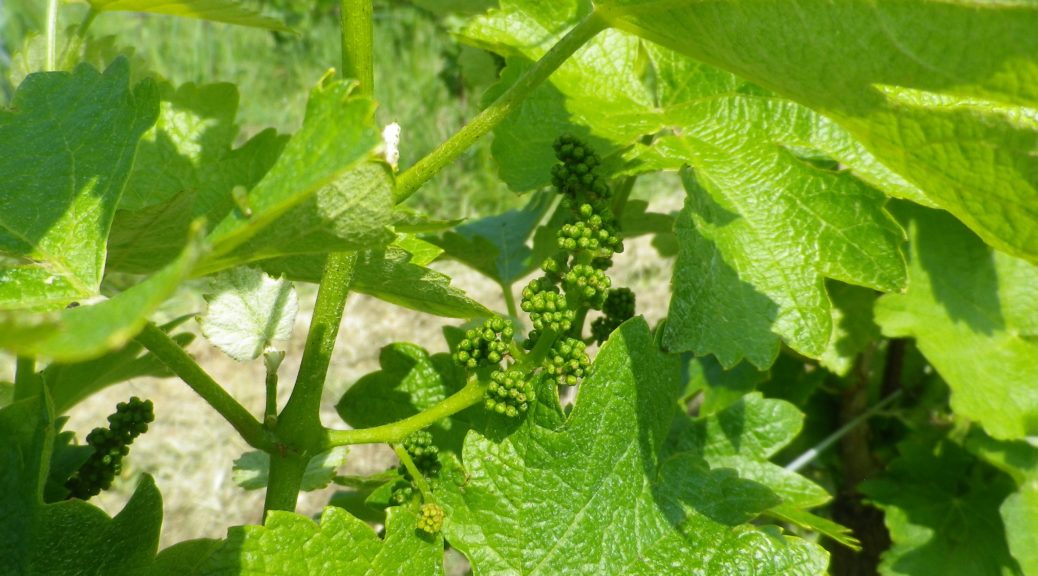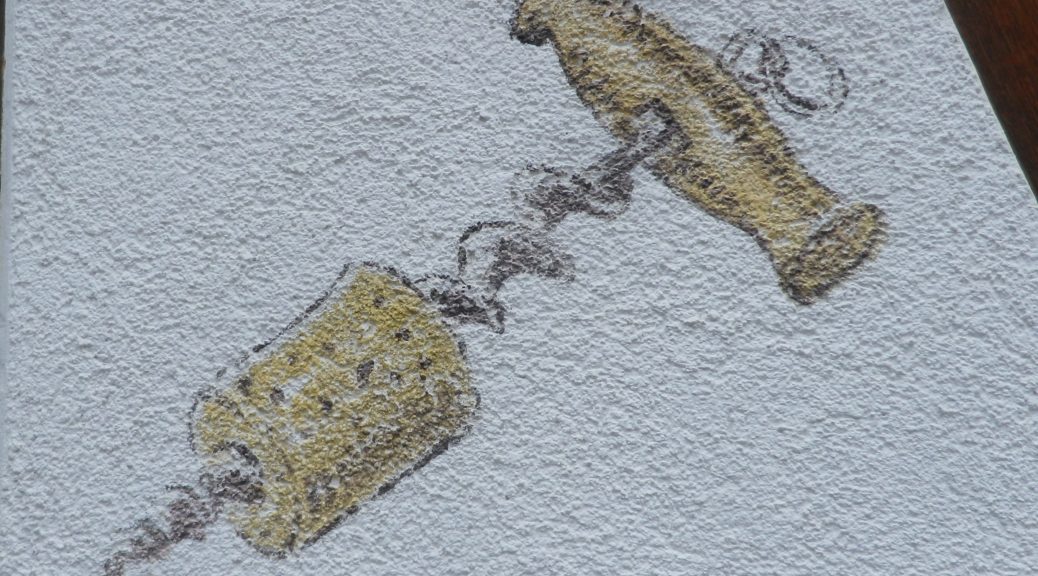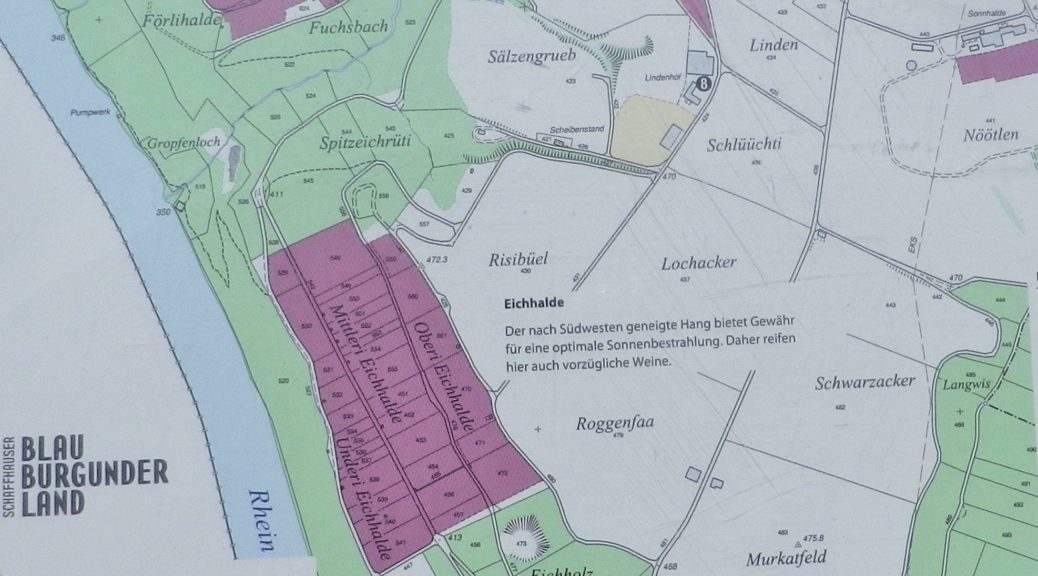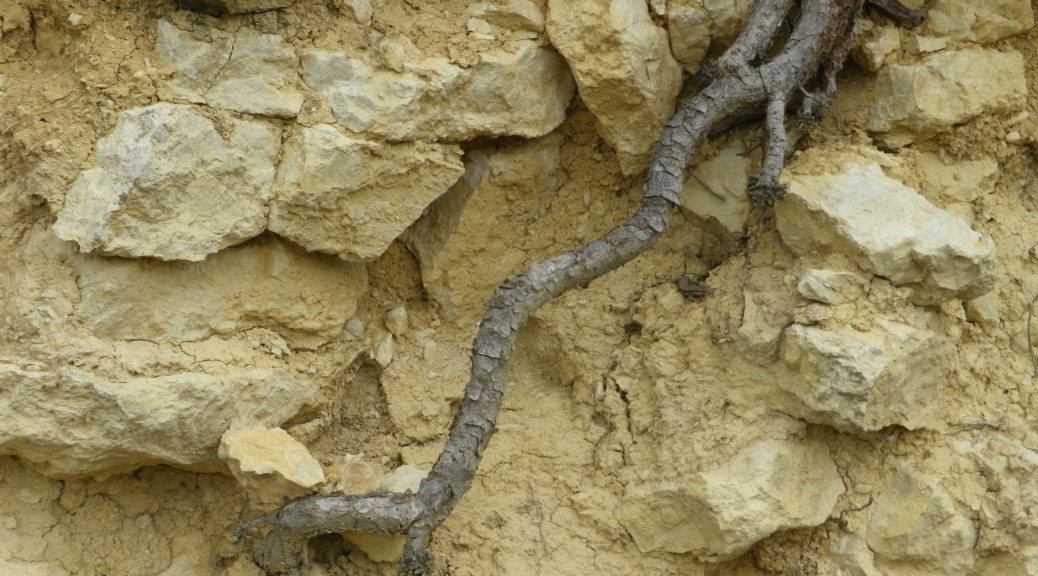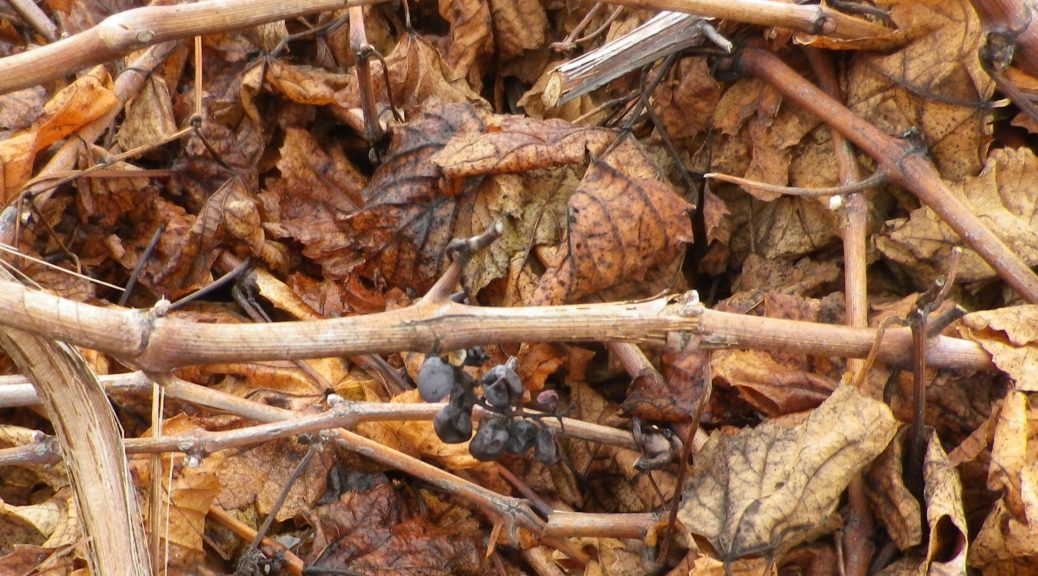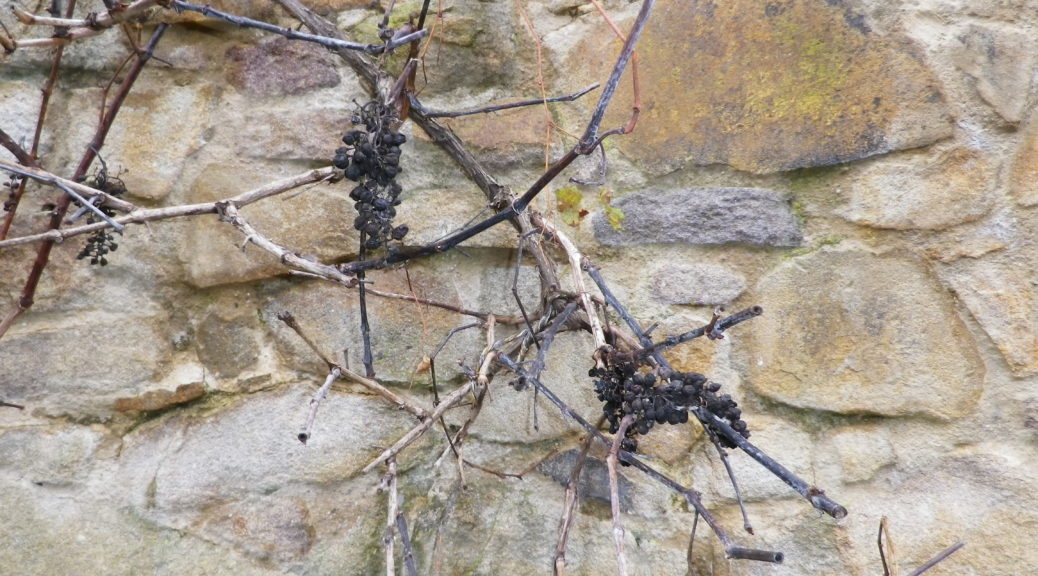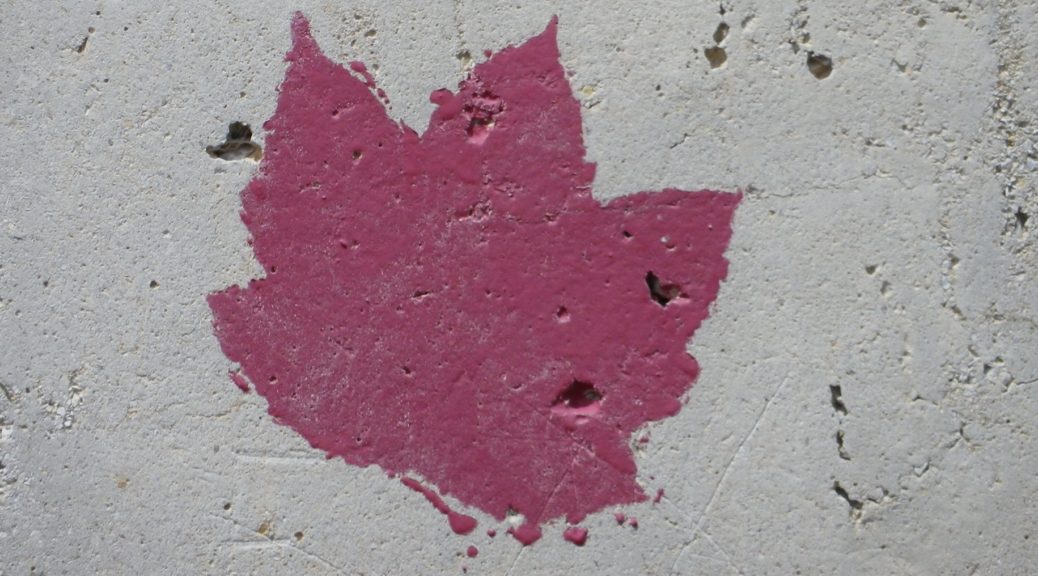What I Learned
The Alsatian wine region is famous throughout France, and the world. It is a great place to try excellent white wines, at very reasonable prices. In addition to the still wines made from the six main white varietals grown in Alsace – Riesling, Sylvaner, Gewuerztraminer, Muscat, Pinot Blanc, and Pinot Gris – sparkling wines are produced here.
Crémant is the name for the Alsatian sparkling wine made using the Champagne method. But unlike most Champagnes, Alsatian winemakers traditionally use Pinot Blanc, Pinot Gris and Riesling to produce the classic Alsatian crémant. (Riesling brings a nice touch of acidity, as well as fruitiness to the blend, and is a unique addition to French sparkling wines.)
Vintners here also make good use of some of the other appellation Alsatian varietals. Some cremants use Pinot Blanc exclusively. The Rose cremants are made with exclusively of Pinot Noir (the only red appellation varietal grown in Alsace). Additionally, for the specific Appellation Crémant d’Alsace, Auxerrois and Chardonnay grapes may be used.
The appellation Crémant d’Alsace dates to 1976, and currently represents almost a quarter of Alsace’s total wine production. While the most well-known Alsatian crémant producer is Wolfberger, located in the Haut Rhin department, there are some Bas Rhin producers who consistently produce excellent sparkling wine as well. In the Bas Rhin, the cooperative winery Cave du Roi Dagobert, produces a nice line of Crémant. (Their winery (in Traenheim, less than ten kilometers/six miles from Molsheim) offered a wonderful tasting of their Crémant line, but unfortunately, I lost my tasting notes. Suffice it to say, they were all delicious and very reasonably priced.)
What I Tasted
Crémant, Dagobert Prestige, Demi-Sec, Appellation Crémant d’ Alsace Controlee, Cave du Roi Dagobert (Traenheim): A semi-dry white sparkling wine with fine, swirling, persistent bubbles and light gold color; floral and yeast nose, with floral and toast flavors; very smooth with mild acidity.
Crémant, Chardonnay, Brut, Appellation Crémant d’Alsace Controlee, Domaine Robert Klingenfus (Molsheim): A dry white wine with very fine bubbles, and medium gold color; floral and slight yeast nose, with floral and bread flavors, medium acidity.
2018 Cuvee d’Antoine, Domaine Robert Klingenfus: A dry white wine cuvee (mostly Pinot Gris, and a bit of Riesling), with medium minus gold color; a Riesling nose, with pear and floral flavors, high minus acidity.
2018 Pinot Gris, Signature, Appellation Alsace Controlee. Domaine Robert Klingenfus (Molsheim): A dry white wine with medium plus reddish gold color; a rich floral and spicy nose, with flavors of ripe peaches, roses, and vanilla and nutmeg spice; medium acidity, very smooth finish
2015 Gewürztraminer Glintzberg, Vendanges Tardives, Domaine Anstotz et Fils (Balbronn): A dry white wine with dark gold color; rich aromatic nose, with powerful lychee and concentrated exotic fruits flavors; mild acidity. (201908)
2015 Riesling, Westerweingarten, AOC Alsace, Domaine Anstotz et Fils (Balbronn): A dry white wine with medium plus gold color; a mineral nose, and peach and spice flavors, with a hint of turpentine; medium plus acidity.
2011 Riesling, Altenberg de Bergbieten, Grand Cru, Appellation Alsace Controlee, Domaine Roland Schmitt: A dry white wine with medium gold color; intense nose of spice and white fruit; citrus, floral and spice flavors; a full-bodied wine with medium acidity. (Tasted in 2014)
